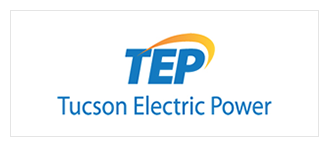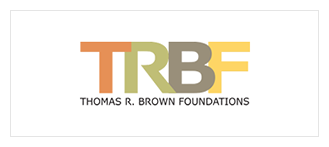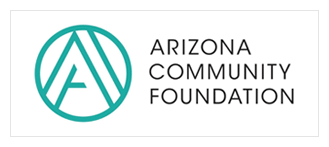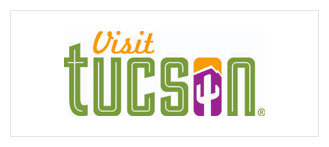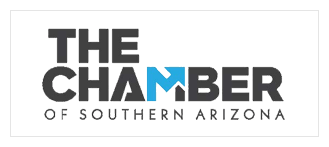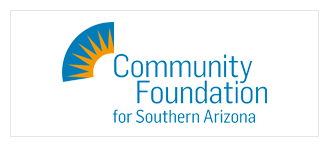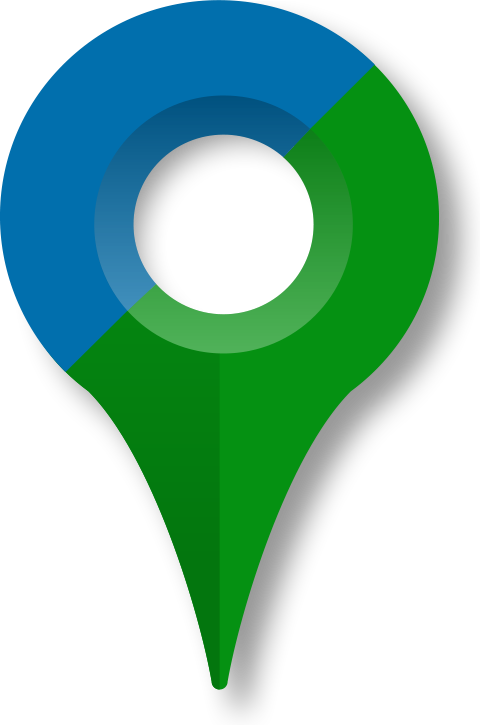 Internet Access Report for Southern Arizona Cities, Towns, and Census-Designated Places
Internet Access Report for Southern Arizona Cities, Towns, and Census-Designated Places
The internet plays a crucial role in our daily lives, serving as a foundation for conducting business, accessing government services, and staying connected with others. Over the past thirty years, the rapid expansion of online data and digital tools has transformed the internet into an essential resource. However, access still varies widely, influenced by factors such as community infrastructure and individual income. So, what does this digital divide really mean?
To better understand the digital divide in our region, this article explores factors that affect the level of internet access for 41 communities in Southern Arizona. These communities include cities, towns, and Census Designated Places (CDP) within the counties of Cochise, Pima, Pinal, Greenlee, Graham, Santa Cruz, and Yuma. Due to the importance of mining in Greenlee County, we also include three nearby communities in New Mexico. Note that, in some instances, we do not present data for several communities because the estimates were not sufficiently precise. Additional information at the community level can be explored in the 2023 Southern Arizona Communities Snapshot.
Why is it important?
This article investigates internet access based on types of computing devices and income, with a focus on differences between communities designated as urban and non-urban. Rural areas present unique challenges to broadband deployment, often facing limited access due to the high costs of building infrastructure and the lower population density that makes it less profitable for providers. Identifying non-urban areas is essential for targeting communities most in need of improved internet infrastructure. To support this analysis, we categorized Southern Arizona communities as urban and non-urban using the Urban Area Criteria from the Census Final Criteria. According to the Census Bureau, an area qualifies as urban if it includes at least 2,000 housing units or at least 5,000 people. The term "rural" encompasses all population, housing, and territory not included within an urban area.
These challenges are echoed on the national stage. At the 2023 Policy Summit in Cleveland, panelists discussed the barriers rural small businesses face, particularly limited access to wired internet and digital skills. While many small businesses have some broadband access, millions, especially in rural areas, still lack the speed or reliability they need. According to the Federal Communications Commission’s (FCC) Broadband Deployment Report: only 1% of urban Americans lack broadband access compared to 17% in rural areas.
Locally, efforts are underway to address these disparities. At the regional level, Pima County has applied for grants from the Arizona Commerce Authority, the National Telecommunications and Information Administration (NTIA), and other agencies to extend high-speed fiber networks in areas that currently lack access. On June 16, 2023, the NTIA announced that Pima County will receive $30.3 million to expand broadband service to unserved and underserved areas of the county.
Figure 1 illustrates the percentage of households with an internet subscription in each Southern Arizona community, both urban and non-urban, in 2023. This includes all types of internet subscriptions such as dial-up, broadband, and cellular plans. The town of Clifton posted the highest percentage of households with an internet subscription at 99.0%. That was 9.1 percentage points higher than the U.S. rate. The city of Maricopa and the Vail CDP followed behind at 97.4% and 97.1, respectively. Of all the Southern Arizona communities, the city of Willcox had the lowest percentage of households with an internet subscription at 66.7%, while the city of South Tucson posted the second lowest rate, 2.6 percentage points ahead at 69.3%.
Figure 1: Percent of Households with an Internet Subscription (2023)
Among the urban communities, the city of Nogales had the lowest percentage of households with an internet subscription at 78.2% in 2023. The city of Douglas posted the second-lowest rate at 79.1%, which is 0.9 percentage points higher. Of the 22 urban areas explored, 14 had internet subscription rates below the U.S. average of 89.9%. The city of Maricopa recorded the highest rate among urban communities at 97.4%, followed closely by the Vail CDP at 97.1%. Figure 2 highlights the percentage of internet subscriptions for all urban areas.
Figure 2: Percent of Urban Households with an Internet Subscription (2023)
For the non-urban areas, the town of Clifton had the largest percentage of households with internet subscriptions at 99.0%. Following behind were the Catalina Foothills and the Casas Adobes CDP’s at 95.7% and 94.5%, respectively. Despite their non-urban classification, these two communities had a high percentage of households with an internet subscription, ranking them sixth and seventh among Southern Arizona communities analyzed. Additionally, they both have high levels of median household income, as illustrated along with all other communities in Figure 3.
Figure 3: Median Household Income (2023)
Of the non-urban areas, the city of Willcox had the lowest percentage of households with internet subscriptions at 66.7%. Of the 19 non-urban communities, 12 had a lower percentage of households with an internet subscription than the U.S. rate of 89.9%. On average, communities located in non-urban areas posted a lower rate of households with internet subscriptions than urban areas in Southern Arizona. The median percentage for urban areas was 88.8% while, for non-urban areas, the median percentage was 87.2%. To explore the percentage of internet subscriptions for all non-urban areas see Figure 4.
Figure 4: Percent of Non-Urban Households with an Internet Subscription (2023)
Communities with lower incomes have the least access to internet in the U.S. New data analysis reveals a 75% correlation between median household income and broadband access across all US counties. For example, in Arizona, 73.1% of households with income less than $20,000 had broadband internet. For households with income over $75,000, 96.2% had broadband. This pattern holds for all geographies regardless of urban or non-urban status.
Among the 41 communities studied, the town of Marana had the highest percentage of broadband use among households earning less than $20,000 (90.4%) and those earning more than $75,000 (99.0%). The city of Maricopa had the highest percentage of broadband use among households with incomes between $20,000 and $74,999, at 97.2%.
On the other end of the scale, the Ajo CDP had the lowest percentage of broadband use for households with earnings less than $20,000 at 46.7%. The Morenci CDP recorded the lowest percentage of broadband use for households over $75,000 with a rate of 67.2%, which is 29.0 percentage points lower than the state average (96.2%). The city of Willcox had the lowest broadband usage in the $20,000 to $74,999 income range, at 60.6%. Figure 5 illustrates broadband internet access by income level for all Southern Arizona communities.
Figure 5: Percent of Households with Broadband by Income (2023)
The types of devices households use to access the internet can offer insight into the level of connectivity in a community. Figure 6 shows the percentage of households in each Southern Arizona community that have one or more computing devices. This includes desktops or laptops, smartphones, and tablets. In 2023, the town of Marana had the highest percentage of households with multiple computing devices at 98.9%, while the city of South Tucson posted the lowest at 82.4%. Of the 41 communities analyzed, 10 had fewer than 90.0% of households with one or more computing devices. Each of these communities had median household incomes well below both the state and the national average.
Figure 6: Percent of Households with One or More Computing Devices (2023)
Smartphones function as both computing and communication devices, and as Figure 7 shows, many households rely on them exclusively. In 2023, the Morenci CDP had the highest share of smartphone-only households at 40.5%, followed by the city of South Tucson at 26.0%. According to a study published by the Pew Research Center, households that rely solely on smartphones for internet access are more common in communities with lower median incomes, limited broadband infrastructure, and higher proportions of low- and moderate-income (LMI) or minority populations. For example, the city of South Tucson had a high percentage of smartphone-only households (26.0%) and the lowest median household income among the 41 communities in 2023, at $33,734 (see Figure 3).
Most non-urban areas had a high rate of households using only a smartphone as a computing device. There were 14 communities with rates less than that of the U.S. (9.4%) and the state (8.3%) and only five were non-urban areas.
Figure 7: Percent of Households with Smartphone Only (2023)
How is it measured?
Computer and internet access data come from the Census Bureau’s American Community Survey (ACS), which is a nationwide rolling survey providing estimates for demographic, social, housing, and economic measures. The survey began asking computer and internet access questions in 2013 and provides both one-year and five-year estimates. This article utilized five-year estimates. The Census Bureau also provided the urban boundary maps used to determine urban and non-urban classifications for the Southern Arizona communities.


